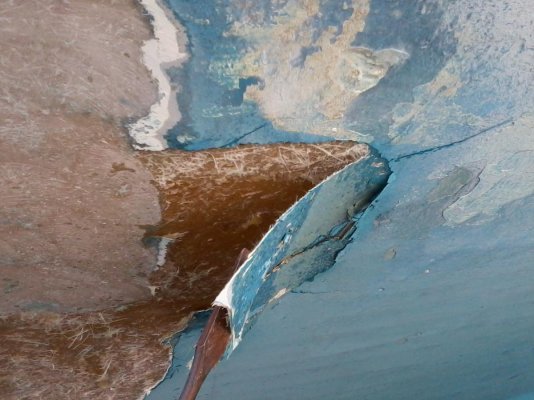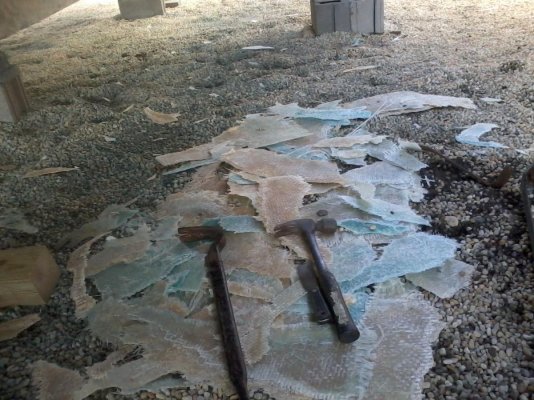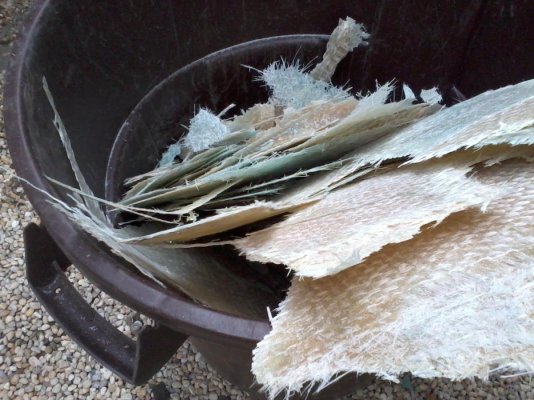Dixie Life
Senior Member
We just pulled our boat out for the first time. Told the yard to clean bottom & apply a coat of A/F paint. Yard called next day, said I needed to look at bottom. It had blisters about the size of a pencil eraser all over it. The guy said it looks like years of bottom jobs were applied on top of the previous coats. Also, the A/F paint was real caulky and flaking off. So, they sandblasted it off to the gelcoat taking the blister tops with it. Now, the yard guy said the boat will have to sit an dry out before they add 3 barrier coats and 1 awlfair coat. He will take moisture readings day 1, day 30, day 60. OK, but here is where I get confused. The boat is out in the open yard, it rains here once or twice a week. I was told that wouldn't hinder the drying time. Does all this sound right? Please see pics & advise. Thanks









